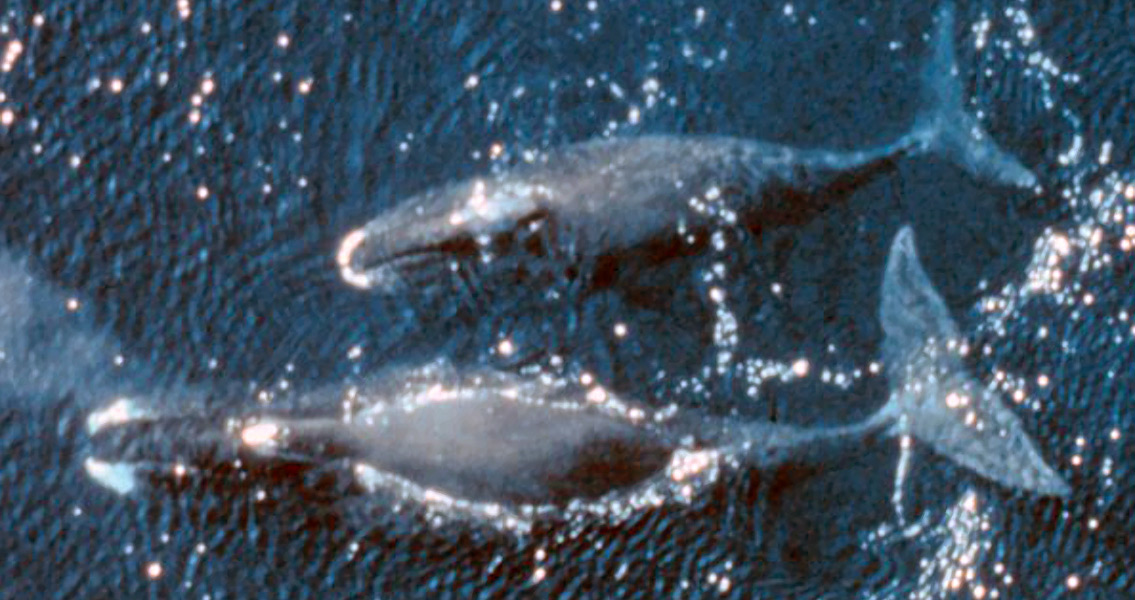<![CDATA[DNA analysis has allowed researchers with the University of Copenhagen to reconstruct the diets of Greenland’s first settlers, revealing that around 4,000-years-ago the first humans in Greenland, the Saqqaq culture, relied heavily on marine mammals (bowhead whales) for food. Previously it was believed that the first humans to hunt and eat whales were the Thule culture, 800 to 600 years ago. Evidence of humans exploiting large mammals earlier than this was rare due to a lack of bones and hunting weapons. How early humans were able to successfully migrate to Greenland approximately 4,500 years ago is not entirely known and our understanding of their culture, including their diet, is based primarily on fossils. These fossils, typically bones, have been analyzed using traditional methods, which presents a skewed picture of their diet. The DNA used in the latest study was extracted from sediments that date to 2000 BCE, from four well-defined midden deposit sites. Using this material, the team was able to identify organic tissue, including skin, fat, and microfossils, leading to the identification of the species it came from. "The underrepresentation of whale bones in archaeological sites is a well-known phenomenon, typically ascribed to difficulties in transporting large carcasses from shore to the settlement in combination with the higher value of blubber or meat compared with bones," the study, published in the journal Nature Communications, states. "In the Arctic, several studies have suggested that the fossil record may underestimate the importance of whales to ancient Arctic cultures, however, the lack of suitable methods to detect remains of tissue like blubber and meat in sediment have prevented further investigations on this matter. As such, our findings represent the first tangible evidence that bone counts alone may underestimate large whales in Arctic midden remains. These findings expand our current knowledge of the Paleo-Inuit and illustrates that the Saqqaq people had a wider diet-breadth than was previously thought and were able to exploit most of the mammals available to them." The extraordinarily high preservation conditions at the sites allowed scientists to identify each distinct culture and when they inhabited Greenland throughout its history. The earliest known archaeological culture in Greenland, the Saqqaq culture existed between 2500 BCE and 800 BCE approximately. The frozen remains of a Saqqaq who lived 4,000 years ago, known as "Inuk", were discovered in Greenland in 2010, and DNA indicates he had black hair, brown eyes and shovel-shaped teeth. Living in small tents, the Saqqaq were physically adapted to the extremely cold climates. At one site studied by the team, the most abundant bones belonged to the bowhead whale, accounting for close to half of all the DNA analyzed. At the other sites, it was the second or third most exploited species. Because of the whales' size, between 75 and 100 tons and up to 60 feet long, the research team believes these early Greenlanders likely transported the large carcasses to their settlements from the shore. The Thule or proto-Inuit were the ancestors of all Inuit living today. Their culture was developed by 1000 CE, after which they expanded east across Canada, finally reaching Greenland prior to the thirteenth century. ]]>
4,000 Years Ago, Ancient Greenlanders Ate Bowhead Whales
